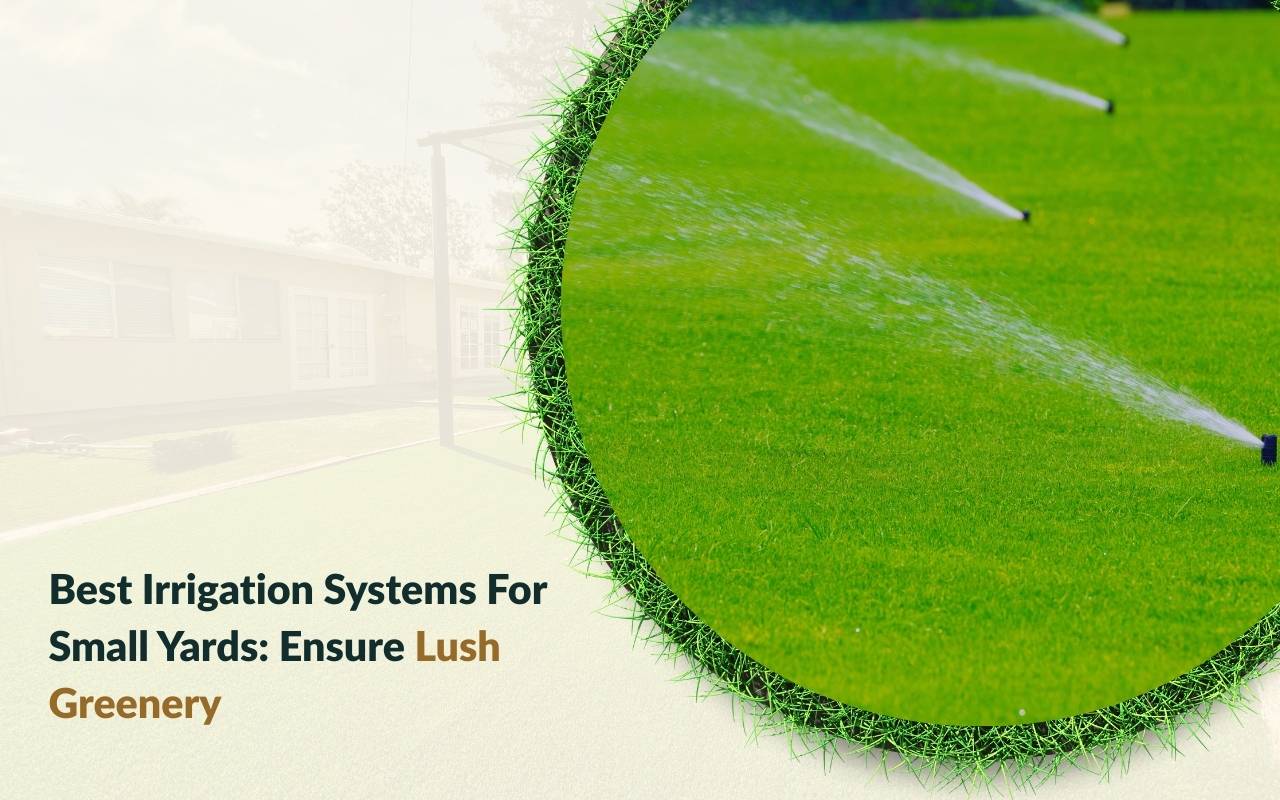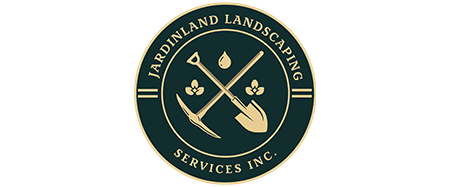
For many homeowners with small yards, maintaining a lush, vibrant garden can feel overwhelming. Balancing beauty with practicality often requires smart planning. Every square foot matters, so finding the best irrigation systems for small yards becomes essential. The goal is to nourish plants without overwatering or leaving them thirsty. Fortunately, modern irrigation technology offers compact and efficient solutions. Moreover, a carefully chosen system conserves water and supports healthy growth by targeting the roots. This guide will help you select the right solution to create a year-round oasis.
Benefits of Using Irrigation Systems in Small Yards
Automated irrigation systems provide many advantages beyond convenience. First, they conserve water by delivering moisture directly to plant roots, avoiding runoff and evaporation. Second, they ensure consistent watering, reducing plant stress and preventing diseases caused by uneven moisture. Additionally, they save time while still keeping gardens healthy. Many systems even connect to apps for remote control.
- Conserve water and reduce waste.
- Ensure consistent, reliable watering.
- Enhance curb appeal and property value.
With the right system, you free time for enjoyable gardening tasks while maintaining a vibrant yard.
Understanding Your Small Yard’s Water Needs
Before selecting the best irrigation systems for small yards, consider soil, plants, and climate. Sandy soils drain quickly and need frequent watering, while clay soils hold moisture longer. Group plants with similar water requirements together using hydrozoning for efficiency. Moreover, adapt schedules to local rainfall and temperature changes with smart sensors or controllers.
- Test soil type to guide watering frequency.
- Hydrozone by grouping similar plants.
- Use weather-based adjustments for precision.
Types of Irrigation Systems Suitable for Small Yards
Drip irrigation and micro-sprinklers are top choices for small spaces. Drip systems deliver water directly to roots, minimizing evaporation. Micro-sprinklers cover irregular beds with gentle sprays. Additionally, many homeowners combine both to balance efficiency and coverage. Choosing correctly ensures healthy growth while reducing waste.
DIY Drip Irrigation System: A Cost-Effective Solution
A DIY drip irrigation system is budget-friendly and flexible. Start by sketching your yard layout, then use tubing, emitters, and a pressure regulator. Timers automate watering cycles at optimal times, like early mornings. Moreover, adjust flow rates over time to meet plant needs. This adaptable solution evolves as your garden grows.
For professional help with landscaping projects, consider expert services that complement your irrigation setup.
Smart Irrigation Controllers for Effortless Watering
Smart controllers revolutionize yard maintenance. They integrate local weather, soil data, and plant needs to adjust schedules automatically. Unlike standard timers, they prevent unnecessary watering after rain. Additionally, mobile apps allow remote adjustments and send alerts for leaks or excessive usage. For most small yards, a four-zone controller is enough.
Choosing the Right Irrigation System Components
Durable components ensure long-term system performance. UV-resistant tubing withstands outdoor conditions. Reliable regulators and filters protect lines from pressure damage and clogs. Emitters should match plant water needs, with slower drips for seedlings and stronger flows for shrubs. Therefore, with quality parts, the system runs efficiently for years.
Installation Tips for Small Yard Irrigation Systems
Planning is key for small spaces. Begin with a sketch and test layout before installation. Use shallow trenches or mulch to protect tubing. Avoid sharp bends to maintain water flow. After setup, test each zone and adjust emitters for even coverage. Consequently, careful installation prevents dry spots and waste.
Maintenance and Troubleshooting Essentials
Regular upkeep keeps irrigation reliable. Clean filters monthly, inspect tubing, and test emitters for clogs or leaks. Moreover, flush lines seasonally to prevent buildup. If plants show uneven growth, adjust spray patterns or emitter flow. With proper maintenance, the best irrigation systems for small yards last many seasons.
Maximizing Water Efficiency in Small Yard Irrigation
Water efficiency is crucial in compact landscapes. Hydrozoning ensures balanced care for different plant types. Additionally, mulching reduces evaporation and enriches soil. Moisture sensors stop unnecessary watering, saving resources. Watering early or late further prevents waste. These strategies maximize every drop while keeping your yard lush and healthy.
FAQs About Small Yard Irrigation
How do I know which irrigation system suits my yard?
Assess soil, plant type, and layout before choosing. Drip systems suit targeted watering, while micro-sprinklers fit irregular shapes.
Are smart irrigation controllers worth it?
Yes. They save water, adjust to weather, and simplify yard care, making them perfect for small spaces.
Can I install a drip system myself?
Absolutely. DIY kits are user-friendly and cost-effective, letting you adapt as your garden evolves.
How often should I maintain my irrigation system?
Monthly filter checks and seasonal system tests ensure efficient performance and healthy plants.
What is hydrozoning, and why is it important?
Hydrozoning groups plants with similar water needs, improving efficiency and preventing overwatering or underwatering.
Achieving Lush Greenery with the Best Irrigation Systems
Installing the best irrigation systems for small yards transforms challenges into easy routines. From DIY drip kits to smart controllers, each option enhances water efficiency and plant health. Regular care, hydrozoning, and proper scheduling ensure success. For tailored landscaping help, reach out via our contact page and let experts bring your vision to life.
